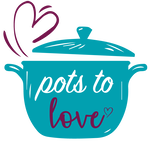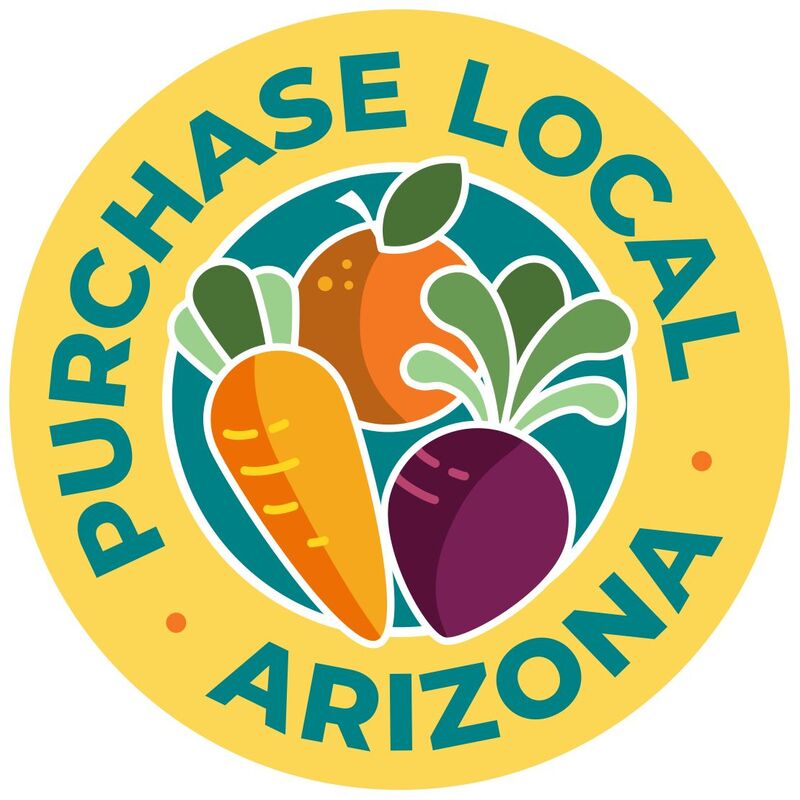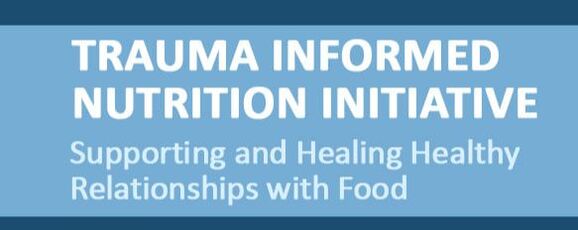How we cultivate a just food system and opportunities for joyful movement:
PlanningThere are various planning processes that organizations and communities engage in on a regular basis that have great influence over development, design, service delivery, and programming approaches. Pinnacle Prevention collaborates with partners to design, facilitate, evaluate, and carry out planning processes to uplift community voices in decision-making that impacts wellbeing.
|
ProgrammingThe programs offered through Pinnacle Prevention support a complimentary approach to supporting wellbeing including Double Up Food Bucks Arizona, the Arizona Farmers Market Nutrition Program for families participating in WIC and seniors, Pots to Love, Seeds to Grow, Active Living and Built Environment initiative, our Trauma Informed Nutrition Systems initiative, and our coalition work with Arizona Food Systems Network.
|
Explore our programs and initiatives:
|
Double Up Food Bucks Arizona
is a “buy-one get-one” program that helps SNAP customers stretch their food dollars and buy more fruits and vegetables at farmers markets, grocery stores and more! |
The Arizona Famers Market Nutrition Program provides Arizona WIC participants and eligible Seniors with fresh, Arizona-Grown fruits and vegetables.
|
The Arizona Food Systems Network is a community of local, state and regional food systems advocates, practitioners and leaders who have a vested interest in collaborating to improve the food system for all Arizonans.
|
|
The Pots to Love program provides slow cookers, toaster ovens, and other kitchen necessities to seniors and young families who need the proper tools to prepare their meals.
Purchase Local Arizona works to support Arizona food producers by purchasing local foods and distributing it to underserved communities across Arizona.
|
Seeds to Grow supports the heart of our food system with seed funding for farm equipment and essentials for
small farmers. |
The trauma-informed nutrition initiative led by Pinnacle Prevention reflects on the intersection of trauma science, nutrition science, and public health science and how this impacts how we engage communities around nutrition, movement, and health.
|














